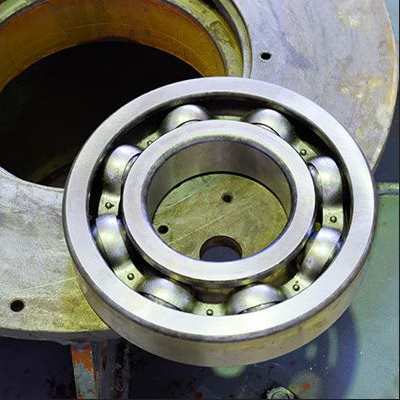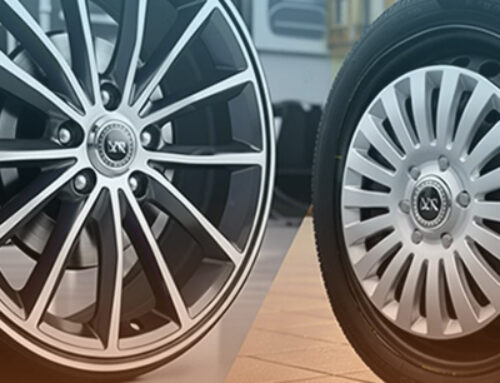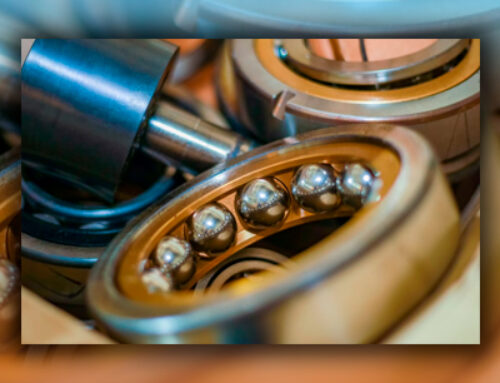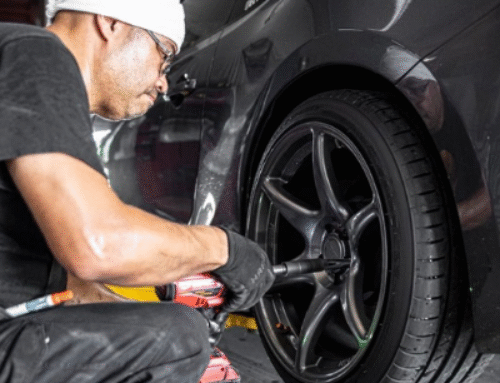What Are the Symptoms of a Bad Wheel Bearing?
Wheel bearings are small yet vital components in your vehicle’s suspension and drivetrain systems. They allow your wheels to rotate smoothly and with minimal friction, supporting the weight of your car and enabling safe steering. But what happens when they go bad? In this article, we’ll explore in detail: What are the symptoms of a bad wheel bearing? You’ll learn how to spot the signs, understand the causes, recognize the consequences of ignoring them, and know what to do about it.
What is a Wheel Bearing and What Does It Do?
A wheel bearing is a set of steel balls (or rollers) held together by a metal ring called a race. They are located inside the hub of each wheel and are essential for:
- Allowing the wheel to spin freely with minimal friction
- Supporting the vehicle’s weight
- Helping maintain proper alignment and stability
There are front and rear wheel bearings, and many modern vehicles use sealed bearings, which are designed to last a long time without maintenance. However, they can still fail due to wear or damage.
Main Symptoms of a Bad Wheel Bearing
So, what are the symptoms of a bad wheel bearing? Here are the most common bad wheel bearing symptoms you should watch out for:
1. Unusual Noises
You might hear humming, growling, grinding, or clicking sounds, especially when turning or accelerating. These noisy wheel bearing indicators often get worse with speed.
2. Steering Wheel Vibrations
Vibrations felt through the steering wheel can signal wheel bearing issues, particularly at higher speeds or when turning.
3. Excessive Wheel Play
A loose or wobbly wheel is a clear sign of a failing wheel bearing. You might feel movement if you shake the tire when the vehicle is lifted.
4. Uneven Tire Wear
If one tire wears down faster than the others, it could point to a wheel bearing problem affecting alignment and balance.
5. Dashboard Warning Lights
A faulty wheel bearing may trigger ABS or traction control warning lights if the wheel speed sensor is affected.
6. Poor Handling or Pulling
Bad bearings can cause your vehicle to pull to one side or feel unstable while driving.
7. Increased Fuel Consumption
In rare and severe cases, a bad bearing increases rolling resistance, causing your car to consume more fuel.
What Causes a Wheel Bearing to Fail?
Understanding what leads to bearing failure can help prevent it. Common causes include:
- Wear and Tear: Bearings naturally wear out over time, especially beyond 100,000 miles.
- Lack of Lubrication: Non-sealed bearings need periodic greasing. Without it, friction builds up.
- Heavy Impacts: Hitting potholes, curbs, or getting into minor accidents can damage the bearing.
- Poor Installation: Incorrect torque or improper tools can cause premature wear.
- Contamination: Water, mud, or dust entering the bearing can corrode or damage internal parts.
What Happens if I Ignore the Symptoms?
Neglecting the signs of a bad wheel bearing can be dangerous and costly:
- Wheel Detachment: The worst-case scenario is that the wheel may separate from the vehicle.
- Steering and Brake Issues: Faulty bearings can impact how your car turns or stops.
- Damage to Other Parts: Axles, hubs, and suspension components may suffer collateral damage.
- Higher Repair Costs: The longer you wait, the more expensive the repair may become.
How to Diagnose a Bad Wheel Bearing
DIY Checks:
- Listen for strange noises while driving or turning.
- Lift the car and spin the wheel—feel for resistance or roughness.
- Check for excessive play by rocking the tire side-to-side.
Professional Diagnosis:
- Mechanics use mechanical stethoscopes to isolate the noise source.
- They inspect wheel hub movement and use lifts to spin wheels safely.
- A full diagnostic may also include checking ABS sensor readings.
How Much Does It Cost to Fix a Wheel Bearing?
Costs can vary depending on the type of vehicle and the extent of damage:
- Average Replacement Cost: $150–$400 per wheel
- Luxury or Performance Cars: $500 or more per wheel
- Extra Costs: If the hub, axle, or ABS sensor is damaged, expect higher costs
When Should You Inspect Wheel Bearings?
- After hitting a pothole or curb
- If you notice any symptoms listed above
- During routine tire rotations or brake inspections
- As part of your annual vehicle check-up
Frequently Asked Questions
✅ Can I drive with a bad wheel bearing?
➡️ It’s not recommended. Continued driving increases risk and damage.
✅ How long can a wheel bearing last once it’s bad?
➡️ Sometimes a few hundred miles, but failure can be sudden.
✅ Is it dangerous to ignore wheel bearing noise?
➡️ Yes. It can lead to serious accidents or total wheel detachment.
✅ Can a bad wheel bearing affect alignment?
➡️ Yes, it can throw off wheel alignment and tire wear.
✅ Do both wheel bearings go bad at the same time?
➡️ Not usually, but it’s smart to inspect both if one fails.
Now that you know what are the symptoms of a bad wheel bearing, it’s important to stay alert to any unusual sounds, vibrations, or handling issues in your vehicle. Addressing problems early can prevent serious accidents and reduce long-term repair costs.
If you notice any of the signs discussed in this article, consult a certified automotive technician to inspect your wheel bearings and ensure your vehicle is safe and roadworthy.
If you’ve been experiencing symptoms of a bad wheel bearing shortly after driving over a pothole, the two issues might be connected. To learn how road conditions can affect your vehicle’s wheel components, check out our article: Can a Pothole Damage a Wheel Bearing?







